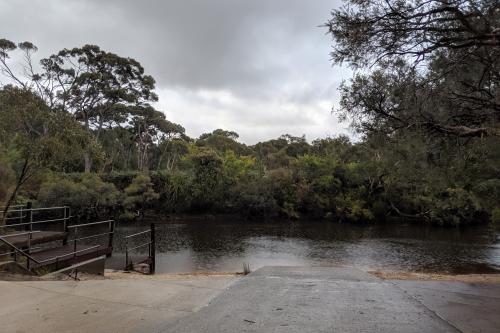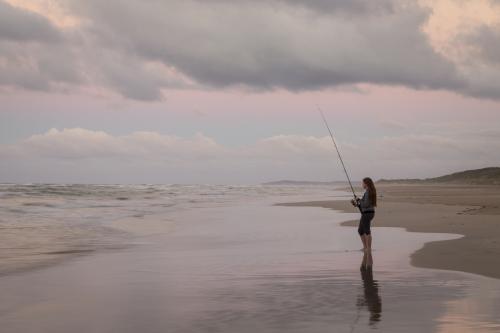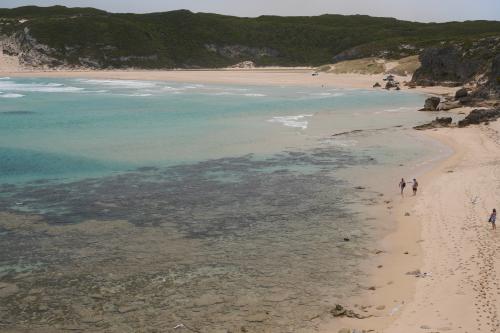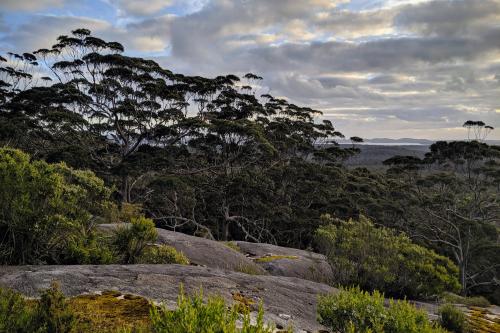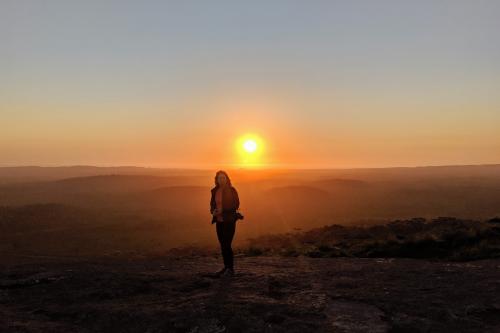About this park
D’Entrecasteaux National Park is an important conservation area of wild, pristine beauty; blessed with white beaches, rugged coastal cliffs and towering karri forests.
This park takes its name from French Admiral Bruni D’Entrecasteaux who sailed past on a scientific expedition in 1792. That may seem like ancient history, but no, fossil evidence show that Noongar Aboriginal people lived in this area over 6,000 years ago!
D’Entrecasteaux National Park is a narrow strip of land which stretches along 130km of coastline between Augusta and Walpole. You’ll discover hexagonal-shaped volcanic rock columns, tall forests, freshwater lakes and super-sized sand dunes - the largest land-locked mobile dune system in the southern hemisphere. This landscape of contrasts will have you reaching for your camera/phone for that Insta-worthy shot!
In 1911, a small iron sailing ship called the Mandalay was wrecked off Mandalay Beach. If you are there when the tide is out you might be able to see what remains of it from the shore.
Long white beaches are good for swimming, snorkelling, diving, and fishing. Follow the coastline on walking tracks for ocean views. From September to November, you might see migrating southern right whales along the coast and New Zealand fur seals have been seen at Black Point.
The park is rich in plants, mosses and lichens and is home to many native animals. Look out for woylies, quokkas, chuditch, possums, wallabies and bandicoots. Inland, the freshwater wetlands are an important habitat for waterbirds.
We think you’ll love it here, so take a walk on the wild side.
Safety information
Plan when to visit. Read this safety information about bushwalking, swimming, surfing, fishing, paddling, kayaking, snorkelling and diving. Consider travelling with a personal location beacon (PLB). In the event you need to be rescued it could save your life!
- D’Entrecasteaux National Park is a remote area and visitors should come prepared.
- Coastal risks include king waves, tidal surges and cliff collapses. Lives have been lost along this coast so please take care in and around the water.
- Exercise extreme caution near cliff edges especially when fishing.
- Supervise children at all times.
- Mobile phone communication in the park is generally poor and should not be relied upon. Be aware that you need mobile coverage to contact emergency services on 000. Ensure you monitor mobile phone signal while in the park and seek high points in the landscape to aid communication.
Western Shield - The Department of Biodiversity, Conservation and Attractions undertakes 1080 baiting at this location to reduce the impacts of feral cats and foxes on native wildlife.
Meat baits containing 1080 poison are laid in or around this area on an ongoing basis. 1080 is poisonous to humans and will kill domestic cats and dogs. Pets are not permitted in this park.
For further information contact your local Parks and Wildlife Service office or visit Western Shield.
Gallery
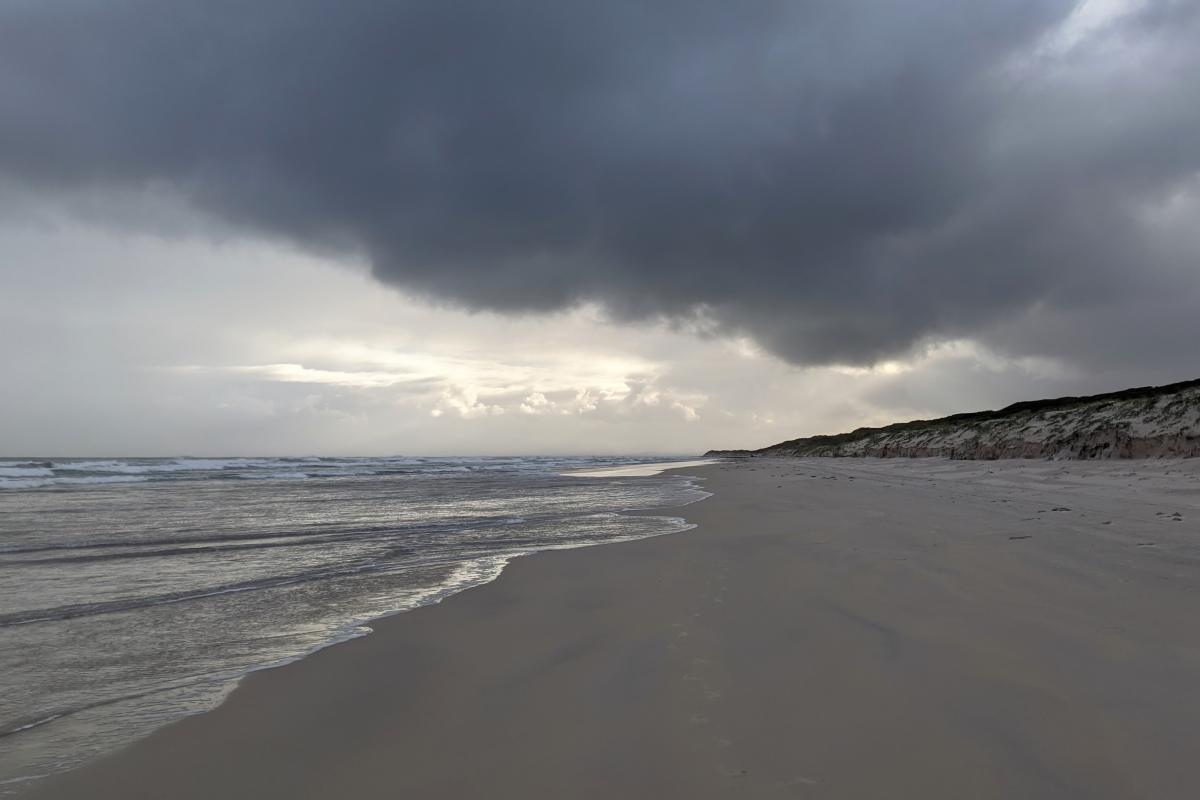
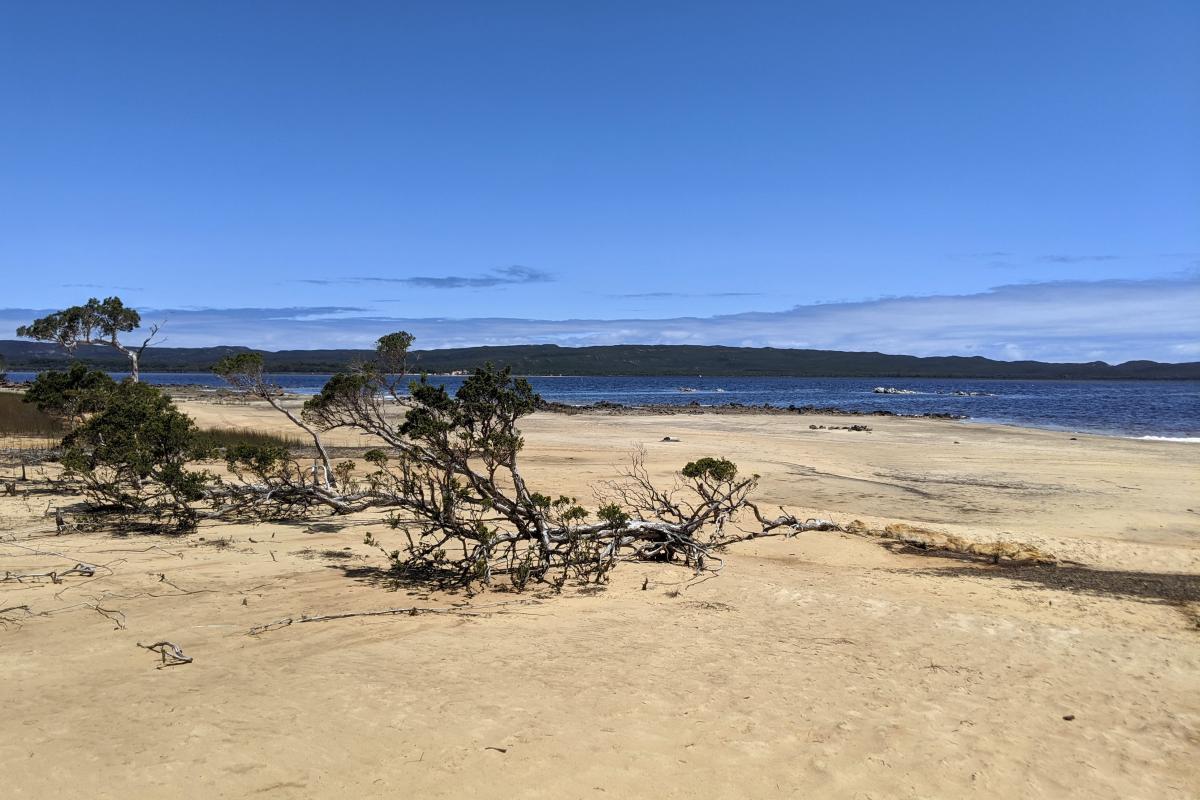
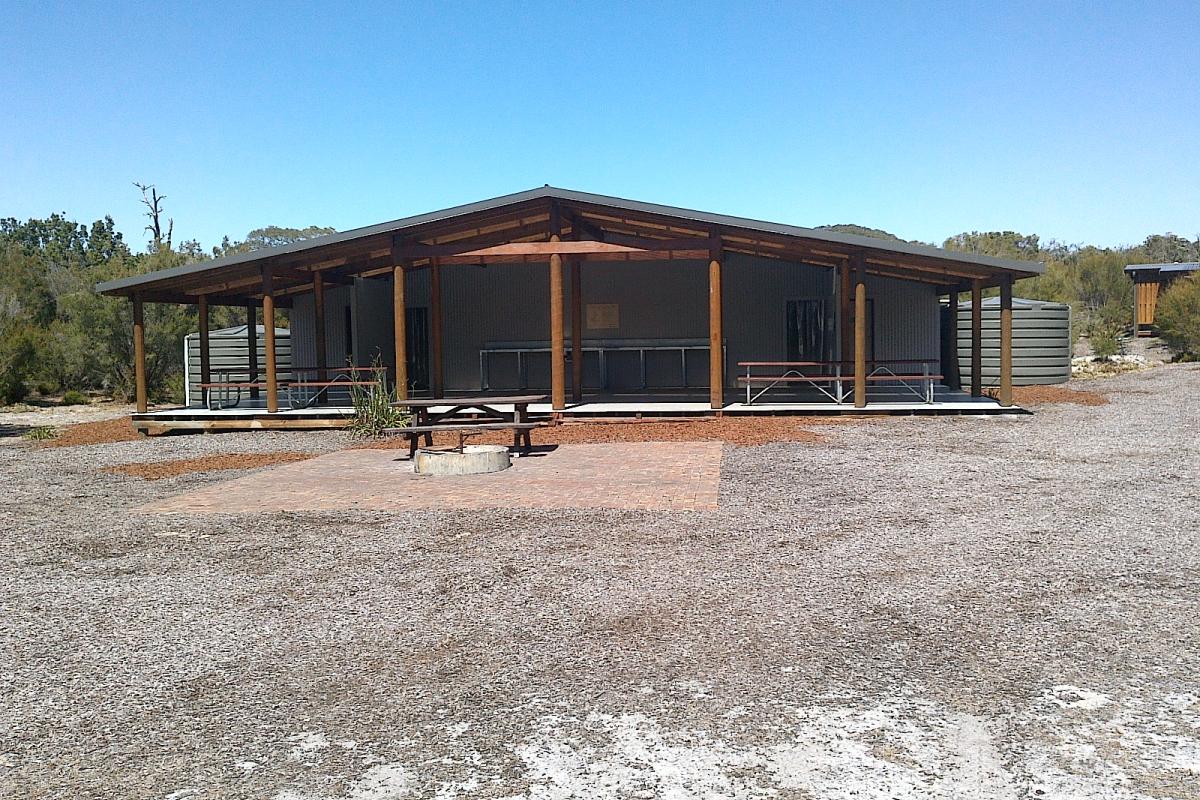
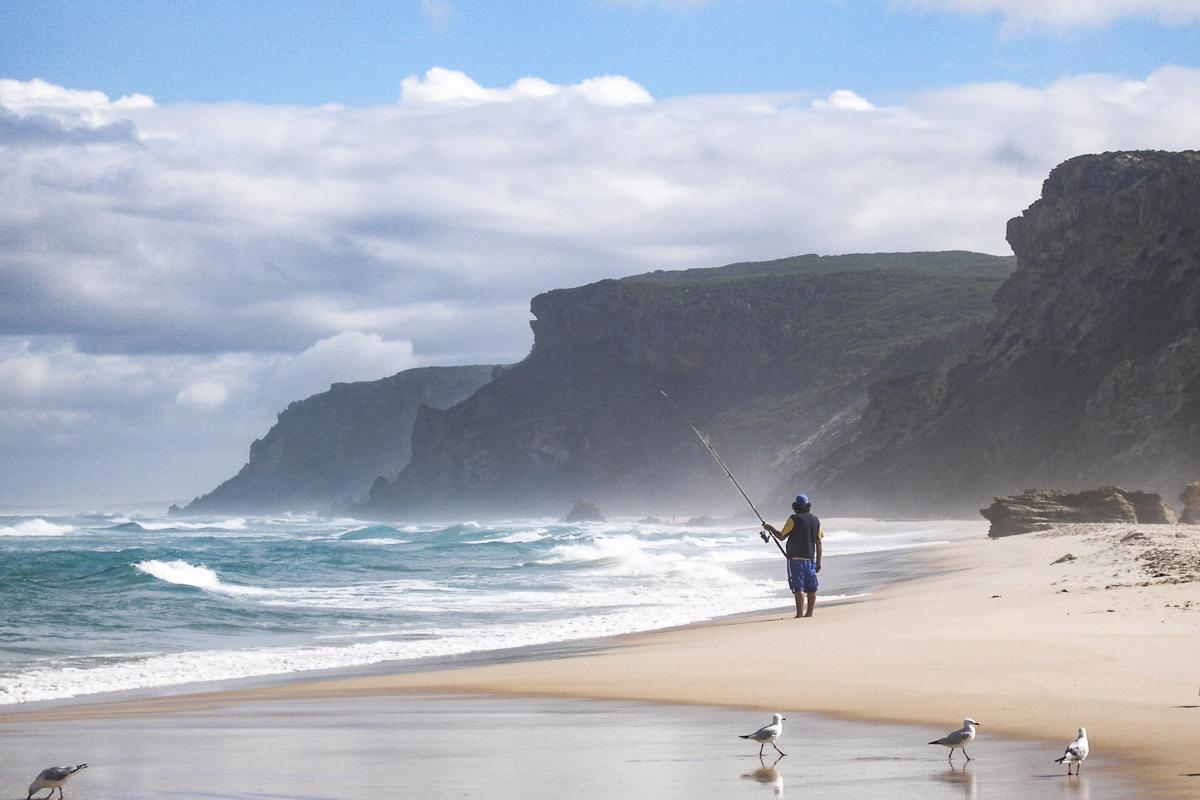
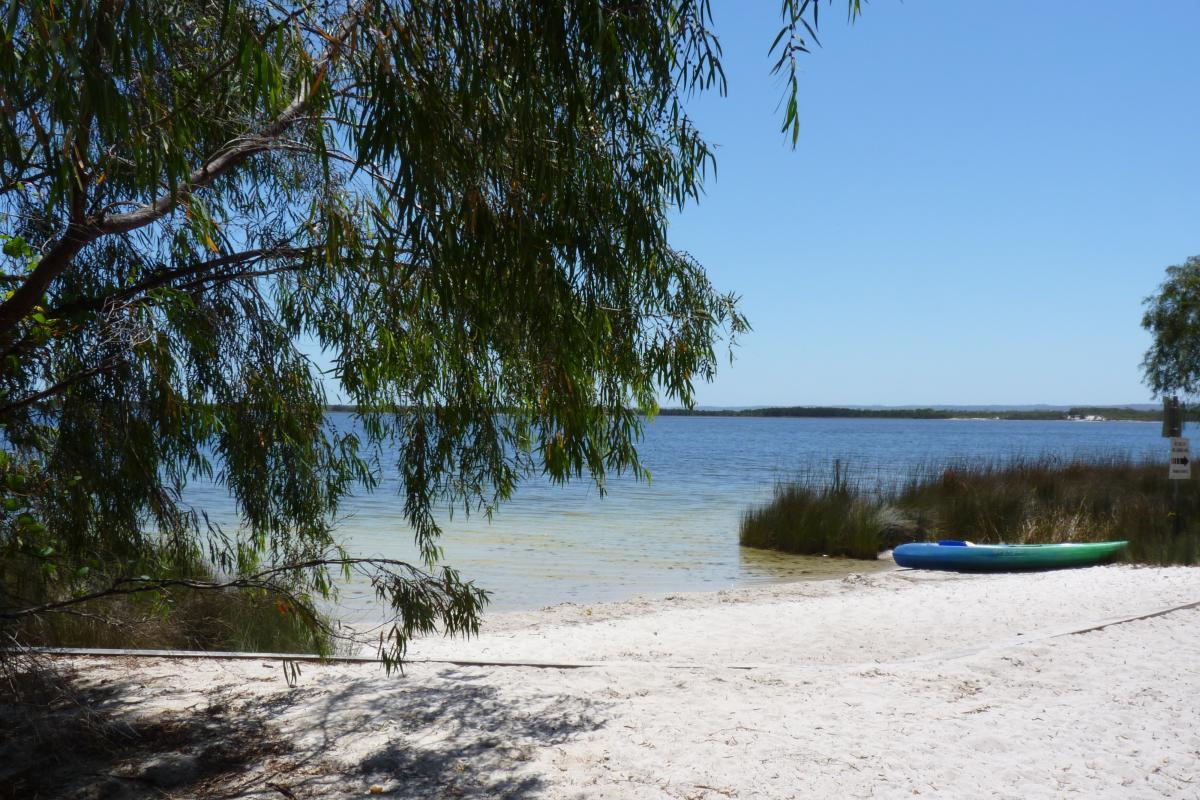

Smartreka maps
Smartreka Maps, by WA Parks Foundation, make it easier for you to navigate your way around some of Western Australia's national parks.
Before you go, download geo-referenced maps of D'Entrecasteaux National Park to your mobile device and locate yourself without the internet. Download the Avenza Maps app from the App Store or Google Play.
Please note: The app is free to use, and many maps are available at no cost. Some maps may incur a fee which is set by the WA Parks Foundation. All proceeds from these purchases directly support the work of the WA Parks Foundation.
Every kid in a park
The Every Kid in a Park project, by Nature Play WA, connects kids with WA's greatest assets - the amazing outdoors!
It supports families of children of all abilities in accessing and enjoying local parks, nature reserves, beaches, and national parks all around Western Australia with free resources such as an app, an activity booklet and much more.
Discover family resources for exploring D'Entrecasteaux National Park at Nature Play WA.
Activities
 Boating
Boating
 Bushwalking
Bushwalking
 Camping
Camping
 Canoeing and kayaking
Canoeing and kayaking
 Fishing
Fishing
 Four-wheel driving
Four-wheel driving
 Overnight hiking
Overnight hiking
 Scuba diving
Scuba diving
 Snorkelling
Snorkelling
 Surfing
Surfing
 Swimming
Swimming
Plants, wildlife and fungi
Vegetation is mostly coastal heathlands, grasslands and low woodlands, with scattered pockets of karri forest. Mount Chudalup, a large granite outcrop, boasts a unique ecosystem with 42 species of moss, 28 species of lichen and 6 species of liverwort, some of which are found nowhere else. Much of the biologically diverse flora of the south-west is represented in the park, with more than 850 native plant species to be found here.
D’Entrecasteaux is home to a number of threatened species, including woylies, quokkas and the chudditch. New Zealand fur-seals have been seen at Black Point. Other animals which can be seen include possums, wallabies and bandicoots. Southern right whales migrate along the coast from September to November. Sandy Island is an important nesting site for flesh-footed shearwaters and Lake Jasper and Lake Maringup are recognised as two of the 5 most important wetlands for waterbirds on the south coast.
Visit the Atlas of Living Australia for a list of species recorded in D'Entrecasteaux National Park.
Traditional Owners
We recognise and acknowledge Minang and Bibbulman people as the traditional owners of D'Entrecasteaux National Park.
There is evidence that Noongar people have lived in South-West Australia for over 47,000 years. The oldest archeological evidence at D’Entrecasteaux is dated at 6000 years, although this does not mean it wasn’t occupied early than this. Erosion of sand dunes within the park has revealed numerous stone artifacts, fish traps, quarry sites, mythological and burial sites. The majority of these are located around the Lake Jasper/ Meerup Dunes area, an area of particular archeological and cultural significance to the Noongar people. Artifacts have been found 10 metres below Lake Jasper’s current water levels, indicating a number of major campsites existed here when the lake was a prehistoric forest.
Wandjoo ngaalang kwoba/moorditj boodjar,
Nyoondool djinang ngaalang kwobidak Wardan, balyoongar, bilya, worl wer djinda kada werda ngaalang miya,
Ngaalang koort kalyakoorl nidja.
Welcome to our good/strong country,
You will see our beautiful sea, sand, rivers, sky, and stars across our place,
Our heart always here.
